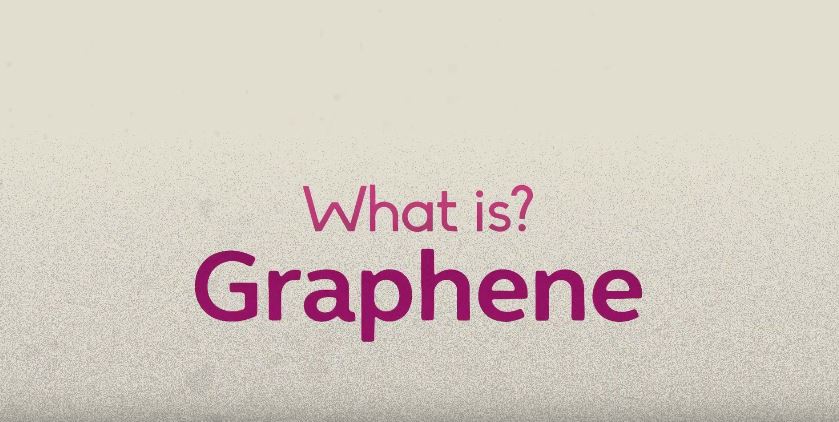Graphene is the world’s new super material. Derived from Graphite, its properties make it 200 times stronger than steal and 100 times thinner than a strand of hair. It is only a single atom deep and can be used in numerous products and applications.
Graphene’s structure is lightweight, flexible and transparent. It can be used as a single layer or mixed with other materials and liquids to create stronger and more durable products.
What does that mean? Graphene can be used in a number of sectors and will have a huge impact on the way products are produced. It will potentially replace carbon based materials and change the face of several UK industries.
This is why Graphene is the material of the future.
Graphene is very conductive, and its thermal properties make it a superb component in electrical appliances. It is the world’s first 2D material which means it can be developed in a variety of ways.
Current Uses
It is already being applied to the health, sport and defence sectors. Graphene-based clothing and equipment has been made for athletes due to its flexibility and durable quality. It is also being tested in military uniforms, machinery and vehicles.
Future Development
Graphene-based materials are being developed in water filtration systems. Current water decontamination methods are time consuming and expensive. Graphene filters will be cheaper to mass produce and easier to use. Researchers hope that the strength of the material will be able to filter out any contaminants.
This will radically improve the lives of people in developing countries and will give them greater access to clean water.
Graphene is being developed for use in transportation. Future aircrafts and vehicles made from the material will be more robust and lightweight. This could improve journey times and cut fuel costs.
The Use of 3D Printing
With CAD software, 3D printing will be instrumental in the future of Graphene. In the upcoming decades, it will be easier to design and make Graphene-based products.
Products made from Graphene will be printed more efficiently, improving the engineering and manufacturing industries. Whilst 3D printing has not yet been successfully used to print large quantities of Graphene, it will be in the future.
Clean Growth Strategy
The UK is a world leading figure in the research of Graphene. It was first isolated in 2004 by scientists at the University of Manchester, who went on to win the Nobel Prize in 2010 for their work.
The UK Government is funding projects that will harness the potential of Graphene, as part of their Clean Growth Strategy. This initiative, led by Innovate UK, is working towards tackling climate change and bettering the UK economically, socially and environmentally.
Nuclear Decommissioning
The Nuclear Decommissioning Authority is experimenting with Graphene to aid its mission in containing nuclear waste. The material can be used in radiation detectors and sensors as well as in energy storage systems to improve battery life and performance.
The Economic Impact
The impact Graphene will have on the global economy cannot be underestimated. Graphene-based products are set to be worth £500 million by 2020. By investing in its production, the national income will increase dramatically.
Graphene will become the foundation of so many different machines and products, making it a key part of UK industry. The world will benefit from the development of Graphene-based products and the economy will flourish.
To find out more about Innovate UK and the projects it funds, subscribe to the Innovate UK YouTube channel.

